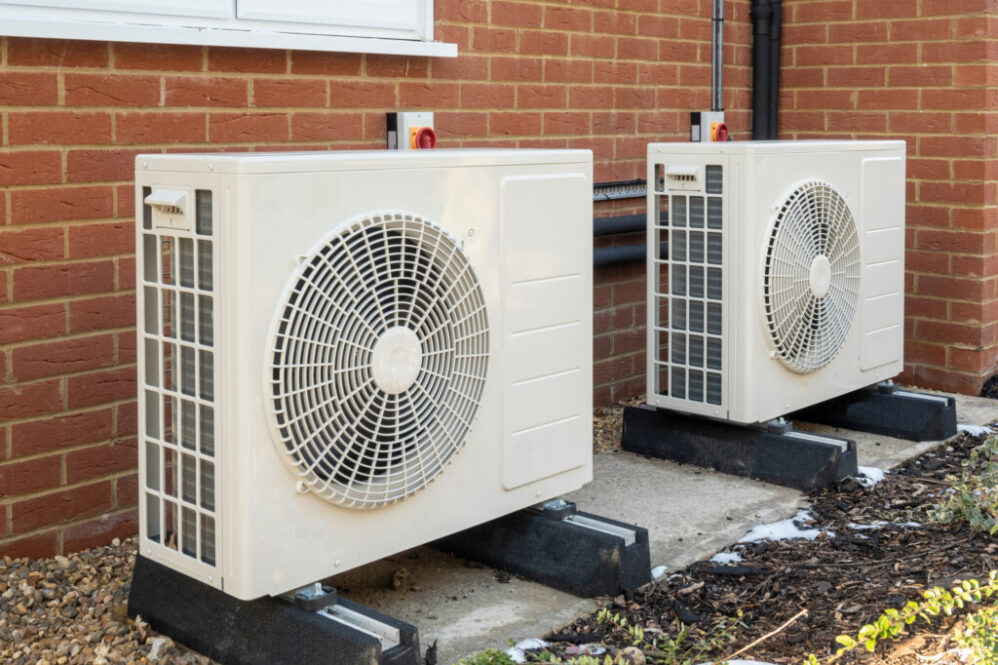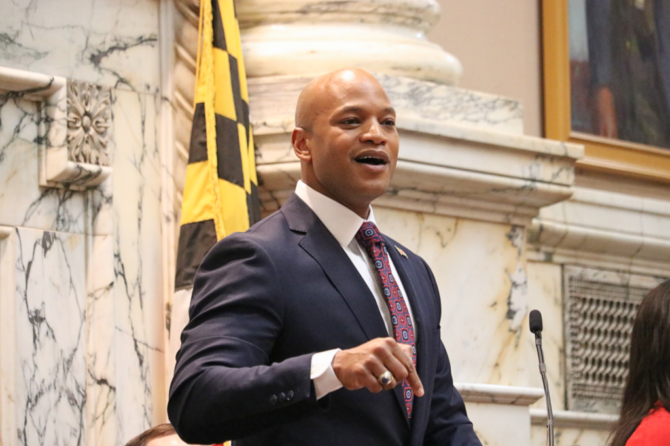MARYLAND MATTERS: As Maryland policymakers look to fulfill the state’s many mandated climate goals, a new report suggests that the fossil fuel appliances and other heavy equipment used to power homes and businesses are contributing far more to poor air quality than all of the state’s power plants combined.
In fact, furnaces, HVAC systems, water heaters and other equipment powered by fossil fuels emit more than three times as much health-harming nitrogen oxides as the state’s power plants, according to the study, “Cutting Through The Smog: How Air Quality Standards Help Solve the Hidden Health Toll of Air Pollution from Maryland’s Homes and Businesses.”
“Fossil fuel equipment pollution from buildings has been a major and unappreciated culprit of air pollution in both the Baltimore and Washington metro areas,” the report found.
It was commissioned and written by the Green and Healthy Homes Initiative, a national organization based in Baltimore; the Chesapeake Climate Action Network; CASA, the regional immigrants’ rights group; and RMI, a nonprofit that studies energy policy and finance and promotes carbon emissions reductions in the U.S.
For three decades, Maryland has struggled to meet federal Clean Air Act standards for ozone levels in the Baltimore region. While Maryland has submitted plans to the U.S. Environmental Protection Agency on how to bring the Baltimore metro area into federal attainment, they do not address nitrogen oxide emissions from buildings. While nitrogen oxide pollution from other sectors has ticked down in recent years, the study found that pollution from burning fossil fuels in residential, commercial and institutional buildings has increased 3.7% from 2017 to 2023.
The report is meant to shed light on how pollution from Maryland’s buildings is driving adverse economic and health impacts across the state, as overburdened residents, especially in low-income neighborhoods and communities of color, are forced to deal with smog and other air pollution.
“The equipment we use to heat our homes has a direct impact on our health and well-being,” said Ruth Ann Norton, president and CEO of the Green & Healthy Homes Initiative. “This report demonstrates that while fossil fuel equipment such as HVACs and water heaters has been a major source of air pollution, it has been overlooked for far too long.”
Among the report’s conclusions:
- People of color in Maryland are exposed to 60% more residential methane gas equipment pollution than white people, while Black Marylanders are exposed to 70% more pollution than white Marylanders.
- Outdoor pollution from fossil fuel equipment in Maryland caused an estimated 163 premature deaths in 2017 alone, driving about 3,500 cases of respiratory symptoms, 6,500 lost work days, and $1.3 billion in public health impacts per year.
The advocates argue that gradually phasing in efficient electric heat pumps in buildings would remove nearly as much nitrogen oxide as taking half the state’s diesel vehicles off the road. In communities where low-income residents are exposed to disproportionate levels of pollution, not only can heat pumps improve their health and well-being, they can in many cases provide utility bill savings: an estimated $373 per year for low-income families that use electric heat pumps rather than a gas furnace.
The advocates are seeking an air quality standard for HVACs and water heaters, beginning in 2027, with full implementation by 2030. Maryland is already on track to see this technology in more than 50% of homes by 2030, the report said.
California’s Bay Area Air Quality Management District has already adopted zero-nitrogen oxide appliance standards and state policymakers in the Golden State are developing zero-emission appliance standards.
The Maryland Commission on Climate Change has recommended an air quality equipment standard for HVACs and water heaters in a 2022 report. Earlier this year, the Maryland Department of the Environment (MDE) proposed it in its “Climate Pathway” draft report, with recommendations for meeting climate mandates, which is expected to be finalized in December.
“Low-income communities and communities of color in Maryland deserve environmental and climate justice,” said Jose Coronado-Flores, a research and policy analyst with CASA. “By pursuing a phased air quality standard for HVACs and water heaters, paired with policies to improve weatherization and reduce other major sources of pollution, Maryland can begin to deliver a healthier, more affordable future for the communities most burdened by air pollution.”
MDE is beginning to implement regulations to reduce greenhouse gas emissions and energy usage in large buildings across the state. Broader building energy standards in the state are almost certain to become more comprehensive in the years ahead through the ongoing work of the Building Energy Transition Implementation Task Force, which was created by legislation in the 2023 General Assembly session.











